Every time I visit the hills or jungles of Nepal, I wonder why do we sell ourselves so cheaply today, when we have such peerless tourism attractions?
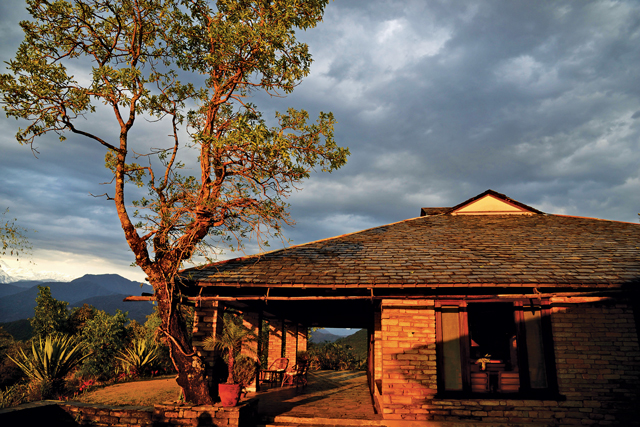 What is it about Nepal that attracted pioneers, poets, princes, and pop stars since the doors were first opened to the world in the early 1950s? Was it the legends of Shangrila, the abode of the gods, or the inspiration of the mountain sages? Or is it more mundanely the same magic that enraptures all of us—the sheer beauty of the landscape, the rare warmth of the people, the living religions and vibrant cultural heritage, and the incredible contrasts to be found here.
What is it about Nepal that attracted pioneers, poets, princes, and pop stars since the doors were first opened to the world in the early 1950s? Was it the legends of Shangrila, the abode of the gods, or the inspiration of the mountain sages? Or is it more mundanely the same magic that enraptures all of us—the sheer beauty of the landscape, the rare warmth of the people, the living religions and vibrant cultural heritage, and the incredible contrasts to be found here.
 Whatever the reason, the reality is that Nepal’s reputation used to attract a galaxy of world celebrities and superstars; this was before the insurgency, political upheavals, and natural disasters that have constrained destination marketing, discouraged high-end visitors, and changed the country’s tourism patterns.
Whatever the reason, the reality is that Nepal’s reputation used to attract a galaxy of world celebrities and superstars; this was before the insurgency, political upheavals, and natural disasters that have constrained destination marketing, discouraged high-end visitors, and changed the country’s tourism patterns.
Marking the Golden Jubilee of the Hotel Association of Nepal, perhaps this is an opportune moment to reflect on re-establishing Nepal as a fashionable and desirable destination that will appeal to the higher-paying end of the visitor spectrum. Every time I visit the hills or jungles of Nepal, I wonder why do we sell ourselves so cheaply today, when we have such peerless tourism attractions? Nepal is blessed with matchless mountains, nature, wildlife, culture, adventure, and historic monuments, many of global significance and protected as World Heritage Sites.

I was lucky to have worked for over 25 years since the 1970s with the legendary adventure travel pioneers Jim Edwards, who founded Tiger Mountain, and Col Jimmy Roberts, who first introduced trekking in the Himalaya. In charge of marketing, public relations, and quality control for the group of companies, I traveled the world to help position Nepal’s “nature culture adventure” reputation in order to promote trekking with Mountain Travel, wildlife viewing with Tiger Tops in Chitwan and Bardia, and other specialist adventure activities such as river running, mountaineering, and fishing.
Back home in Nepal, we concentrated on providing highly trained mountain guides, expert naturalists, and personal interpreters to our guests so as to showcase the best of what this amazing country could offer. Even by today’s measures, the camps and lodges commanded high room rates for quality service standards. The stylish accommodation blended with the environment, using simple natural materials and local handicrafts, but offering essential comforts, unique experiences, and personally guided activities to visitors.

I was first based in Chitwan National Park and loved the excitement of exploring the jungle on elephant back deep in tiger country. One day, returning on foot from greeting guests at Meghauly airfield, I was charged by an irate rhino protecting her calf, and only saved by a tourist-laden Roop Kali and her smart elephant driver, Sultana. Despite being a perilously close encounter, the delighted visitors thought it was all part of the Tiger Tops experience, and I was hooked on the wild thrill of jungle life.
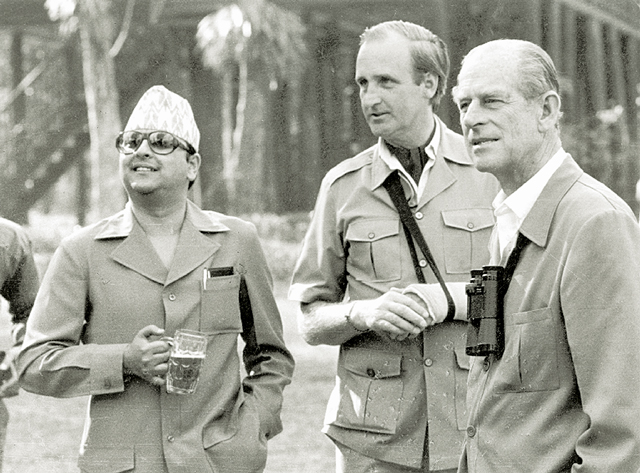
Over the years and at its height in the 1980s, Tiger Mountain tourism operations stretched into India, Tibet, Sri Lanka, Mongolia, Iceland, and even Russia’s Far East. In 1998, Sir Edmund Hillary opened the award-winning Tiger Mountain Pokhara Lodge, clusters of stone bungalows with an iconic swimming pool reflecting the white peaks of Annapurna, an eco-lodge operation that is still setting responsible tourism standards today.
With tourism activities mostly taking place in Nepal’s protected areas, a philanthropic, environmental protection ethos underpinned Tiger Mountain, including the support of wildlife research, rhino and tiger conservation, environmental awareness, and local community development. It was only much later that the term “ecotourism” became so widely adopted. Nepal was truly an early pioneer, recognized as setting Asian standards for responsible, sustainable ecotourism.
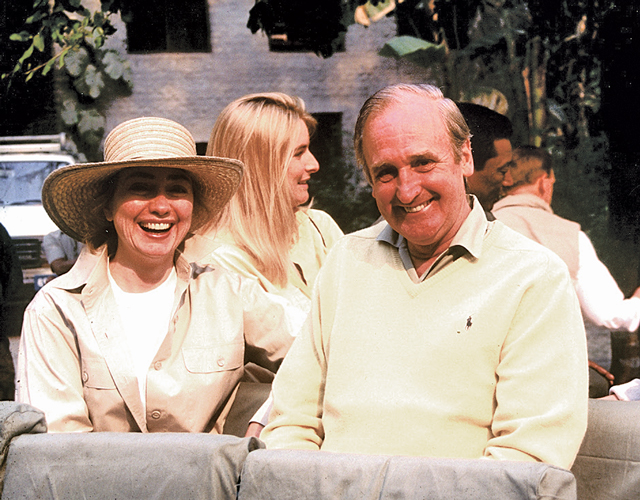
In addition to general interest tours, specialist museum and zoo groups such as from the Audubon Society, Zoological Society of London, and Frankfurt Zoo, amongst others, helped establish Nepal’s international wildlife credibility. The Smithsonian Institution’s long-term tiger monitoring project used local trackers and pioneered the early camera traps, led by renowned tiger-ecologist Chuck McDougal. Prince Bernhard of the Netherlands visited as WWF president, and Sir Peter Scott “launched” the first gharial crocodile into the Narayani River, reared by the Department of National Parks and Wildlife Conservation to secure this endangered species—the first batch of gharial eggs was hatched in my bedroom! 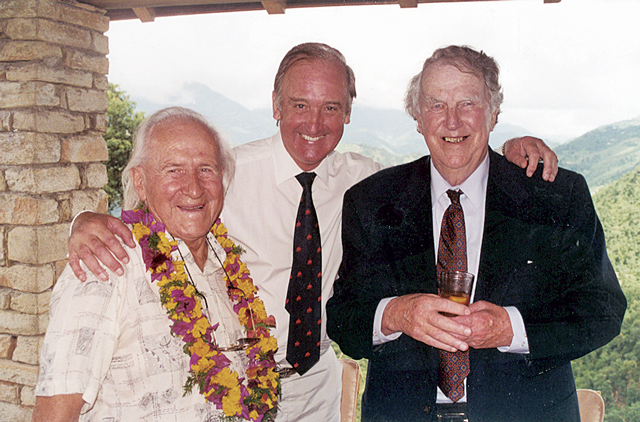
In those former days of the Shah monarchy, we would often be involved in hosting royalty, world leaders, and celebrities. After King Mahendra’s state visit to the UK, Queen Elizabeth and Prince Philip came to Nepal in 1961, causing Meghauli airstrip to be carved out of the (then) thick terai jungle for one of the last royal tiger hunts. Although tigers were shot, Prince Philip’s diplomatically bandaged hand prevented him taking part, thereby avoiding international controversy. The royals return visit in 1986 cemented the strong Nepal Britain relationship. The 200 years bicentennial of these ties, formalised with the Treaty of Sugauli in 1816, was celebrated this year with a series of events, including the visit of Prince Harry in March 2016. He sent a strong and much-appreciated message of confidence for post-earthquake tourism.
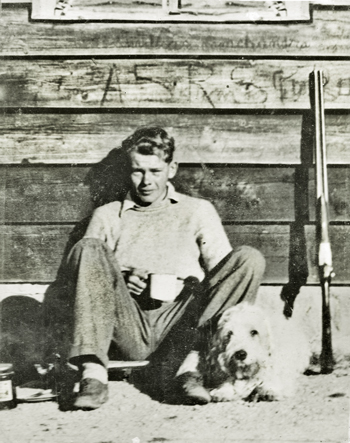 Mountain Travel arranged both trekking holidays in Nepal for Prince Harry’s father Prince Charles the Prince of Wales in 1980 and 1992. The first was hosted by Prince Dhirendra, and their route became popular as the Royal Trek. My task was to manage the press; elaborate planning, a secret codenamed trekking route, and army helicopters ensured that the media never caught up with Prince Charles, leaving him to his watercolour painting and contemplation of life beneath the Annapurna peaks. Princess Anne the Princess Royal relaxed wildlife viewing in Chitwan, and stayed at Tiger Mountain Pokhara Lodge during a couple of rigorous working visits on behalf of Save the Children, of which she was president.
Mountain Travel arranged both trekking holidays in Nepal for Prince Harry’s father Prince Charles the Prince of Wales in 1980 and 1992. The first was hosted by Prince Dhirendra, and their route became popular as the Royal Trek. My task was to manage the press; elaborate planning, a secret codenamed trekking route, and army helicopters ensured that the media never caught up with Prince Charles, leaving him to his watercolour painting and contemplation of life beneath the Annapurna peaks. Princess Anne the Princess Royal relaxed wildlife viewing in Chitwan, and stayed at Tiger Mountain Pokhara Lodge during a couple of rigorous working visits on behalf of Save the Children, of which she was president.
Many celebrity visitors became old friends of Nepal and returned year after year. The great Burra Sahib, Sir Edmund Hillary, was not only an international icon of achievement, but also a friend, loved and revered by the Sherpas he spent most of his life helping through the Himalayan Trust. Mount Sagarmatha had shaped his life, since first reaching the summit on May 29, 1953, with Tenzing Norgay.
As might be expected amidst the world’s highest mountains, many of the pioneers were climbers, magnetised by the Himalayan peaks. Maurice Herzog, the distinguished French alpinist, lost several fingers when he scaled Annapurna I in 1950, the first 8,000 m peak ever to be climbed. Reinhold Messner, the Italian mountaineering hero, was the first person to climb all the world’s 8,000 m peaks in 1986, and still returns often with friends and family.
Stories of hunts for the Yeti, the Abominable Snowman, periodically hit international headlines. Despite several expeditions and much research, findings remain inconclusive. British writer Bruce Chatwin was a frequent visitor, memorably recording his yeti experience in his posthumous What Am I Doing Here. Agatha Christie, Freya Stark, and Francoise Sagan were early visitors, and last year saw JK Rowling of Harry Potter fame. Han Suyin engraved a place in the history of the Valley with her classic romantic novel, The Mountain is Young. The life of Boris Lissanevitch, the legendary Russian who first introduced tourism at his Royal Hotel in Kathmandu in 1951, is immortalised in Tiger for Breakfast.
 During the 1980s, the word was out that Nepal was the place to relax and enjoy that rare commodity of undisturbed peace and privacy. Robert Redford, Richard Chamberlain, Maggie Smith, James Coburn, and Joan Rivers have all paid a visit, and superstar Diana Ross trekked in the Khumbu in 1986. Goldie Hawn and Kurt Russell liked it so much that they came back twice. Henry Kissinger visited Chitwan in 1986, but declined the elephant ride due to his phobia of heights, and ex-President Jimmy Carter and Rosalynn spent several days in Chitwan after their trek to Everest Base Camp. John J. Kennedy Jr. hung out in during his gap year, but had trouble cashing his mother’s travelers cheque, which was signed both Jackie Kennedy and Jackie Onassis. Rolling Stone Mick Jagger came with Jerry Hall and their children in 1990. Hillary Clinton stopped by with her press corps for a break during her 1995 South Asia tour, during which I introduced her to Sir Edmund Hillary, allegedly her namesake, though she was born six years after he climbed Everest!
During the 1980s, the word was out that Nepal was the place to relax and enjoy that rare commodity of undisturbed peace and privacy. Robert Redford, Richard Chamberlain, Maggie Smith, James Coburn, and Joan Rivers have all paid a visit, and superstar Diana Ross trekked in the Khumbu in 1986. Goldie Hawn and Kurt Russell liked it so much that they came back twice. Henry Kissinger visited Chitwan in 1986, but declined the elephant ride due to his phobia of heights, and ex-President Jimmy Carter and Rosalynn spent several days in Chitwan after their trek to Everest Base Camp. John J. Kennedy Jr. hung out in during his gap year, but had trouble cashing his mother’s travelers cheque, which was signed both Jackie Kennedy and Jackie Onassis. Rolling Stone Mick Jagger came with Jerry Hall and their children in 1990. Hillary Clinton stopped by with her press corps for a break during her 1995 South Asia tour, during which I introduced her to Sir Edmund Hillary, allegedly her namesake, though she was born six years after he climbed Everest!
More recently, celebrities have come for work rather than play. Orlando Bloom and David Beckham both visited Nepal as UNICEF goodwill ambassadors, and WWF brought Cameron Diaz and Eva Mendes to raise awareness of climate change issues. In early 2010, Leonardo DiCaprio visited Bardia with WWF in a successful bid to solicit his support for tiger conservation.
Foreign filmmakers have long loved Nepal for its stunning scenery, and not only the many successful neighboring Indian and Chinese productions. On the global stage, Italian director Bernardo Bertolucci took over Kathmandu Valley in 1992 to shoot Little Buddha, starring Keanu Reaves, and using a production team who had no less than 13 Oscar awards amongst them. Eddie Murphy never actually came to Nepal for The Golden Child, but we supplied props for Vertical Limit, Kundun, and Seven Years in Tibet. Last year, Hollywood’s Everest provided a widely screened boost to mountaineering tourism in Nepal, as well as employment during the shoot for many Nepalis. The Australian-directed Sherpa and New Zealand television mini-series Hillary will also help raise awareness of the beauty of the Nepal Himalaya.
But perhaps the most significant impact in terms of movies that create awareness of Nepal is likely to come from the latest Disney Marvel superhero Doctor Strange starring British heartthrob Benedict Cumberbatch and set largely in Kathmandu that will be released this month (November 2016) to an international audience of literally hundreds of millions. What an incredible global tourism opportunity for Nepal!
Attracting higher paying visitors with high profile celebrity visits and widely-screened movies will help the tourism industry not only boost visitor numbers, but also redress the balance with Nepal’s current predominance of low-budget short-staying groups. We wish HAN all the very best for their next 50 years of Nepal tourism, and let us all pull together to improve tourism in Nepal.
British-born Lisa Choegyal has made Nepal her home since the mid-1970s, working for most of that time in tourism and conservation. Her most recent book, Nepal Himalaya: A Journey Through Time (Vajra Books), was published last month. Lisa is Director of Tiger Mountain Pokhara Lodge, and since 2010 is New Zealand Honorary Consul to Nepal.










